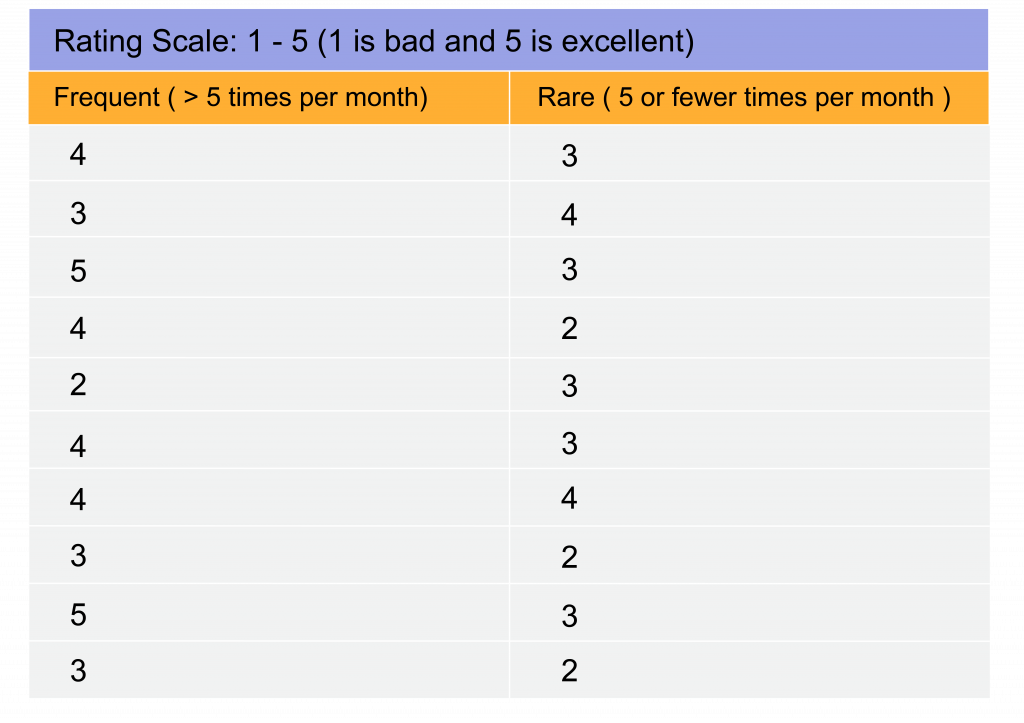1.3 Experimental Design
An experiment is a procedure done in a controlled manner for the purpose of addressing a stated hypothesis. We’ll discuss and conduct many experiments in class and lab during this course. Note that we can have experimental and control conditions (for example, you could compare frequent masturbators to a “control” group that is prohibited from masturbation) as well as controlled variables. You will want to keep as many factors as possible the same, to focus on those things that interest you.
For example, to focus on the factors associated with sexual preference, you might compare a group of heterosexual individuals to a group of individuals who are strictly homosexual. You will find your work easier if you compare individuals from similar cultural backgrounds, for example, or people of similar ages, raised in similar situations, etc. You might compare heterosexual Latino men, between the ages of 25 and 34, from Southern California, to homosexual Latino men, of the same ages and from the same area; in this example, you have controlled for four factors that otherwise vary: sex, ethnicity, age, and geographic location. Controlling these variables through careful study design will help you focus on your primary question.
Many hypotheses are open to a variety of observational and experimental tests. We can specify how we’re testing our hypothesis through predictions that clearly state the type of evidence that will support our hypothesis. For example, one of the hypotheses to explain frequent male masturbation is “Young men masturbate frequently because frequent masturbation is a form of ‘sex practice’ that makes men better sex partners.” A prediction arising from this hypothesis could be “females rank the sexual performance of frequent masturbators more highly than they rank the performance of men who do not masturbate (or who masturbate infrequently).” With this prediction, you can get a good idea of how to test the stated hypothesis.
Specifically, you can survey partners about the sexual performance of a sample of men—some who you know are frequent masturbators, and some who you know are not. Perhaps these partners could assign sexual performance scores, for example, on a scale of 1 (bad) to 5 (excellent). If frequent masturbators are associated with higher sexual performance scores, you have support for (but not proof of) your hypothesis. But really, you’re just getting started! This one hypothesis is open to a variety of predictions, and each prediction can often be tackled in several ways.
We’ll use the terms independent and dependent to describe variables in our studies. The independent variable is the one that is manipulated, or varies as part of the study design. How frequently a male masturbates could be an independent variable in the example above—you aren’t necessarily manipulating this variable, but you are collecting these data as a way to test the stated hypothesis. The dependent variable is a factor that may change as a result of changes in the independent variable. In the above example, sexual performance scores are the dependent variable, and we have predicted that they will vary (increase) as masturbation frequency increases.
Scientists employ many tactics for interpreting the data they collect. One way is to report all the data in a table [note: these data were made up for this discussion!]:

Points to Ponder

